"The wild teaches a hunter humility and respect." - Unknown
Hunting on Conservation Lands
The 300 Committee Land Trust allows hunting on our properties that have the proper setbacks and that aren't restricted by deed/easement agreements. Hunting is also allowed on several town- and state-owned properties.
HUNTING IS NEVER ALLOWED ON SUNDAYS. It is also prohibited within 500 feet of a dwelling, or 150 feet of a paved roadway.
Hunting accidents are extremely rare, but it is always best to wear orange or another bright color during hunting season and to check with the property owner before you hike or hunt.
Various hunting seasons run throughout the fall, winter and spring. December is deer shotgun hunting season: wear orange and take care. Please click on the button below for details on Massachusetts' hunting seasons.
Deer populations in New England have multiplied over the past 50 years in response to the development of natural landscapes and the reduction of predators. As a result, over-abundant deer populations reduce the diversity of plants and other wildlife species found in the forest. With the removal of shrub and seedling layers, the successional process of a forest is interrupted, resulting in a less resilient landscape.
Simply put, when old trees die, there are no new trees to replace them if deer eat the seedlings and saplings. Unfortunately, they especially like oaks and many other native species, as their palates have yet to adapt to many introduced species.
Regulated hunting is one of the most effective tools that state wildlife agencies use to address the overpopulation of a species. Therefore, when it comes to deer, hunters are tapping into a local food source and helping to give our forests a chance to regenerate by controlling the numbers of the local deer population.
Properties where hunting may occur:
| Andrews Grove & Pond 14 |
| Breivogel |
| Crane Wildlife Area N. of 151 |
| Crane South (Hayway Road) |
| Collins Wood Lot |
| Crooked Pond Wellsite |
| Dorthea Allen & Hayway Road Town Parcel |
| Kettle Holes Area |
| Long Pond / Town Forest |
| Mares Pond |
| Moonakis & Quashnet River |
| Northern Moraine Trail Area |
| Shallow Pond Woodlands |
| The Rod and Gun Club Properties with Permission |
| Washburn Island |
| Wing Pond Conservation Area |
**This list is for informational purposes and may be missing some properties, please let us know if there is a property that should be added or removed.
